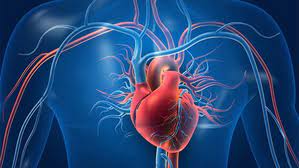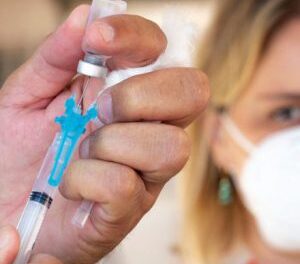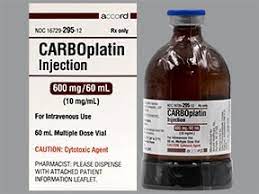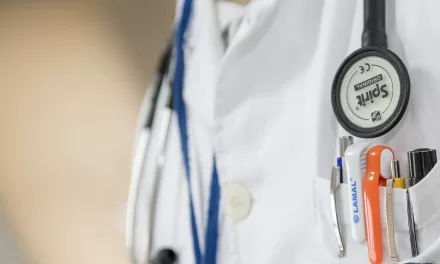Gothenburg, Sweden – A software robot has demonstrated its ability to outpace doctors in detecting side effects during the administration of a cardiac arrhythmia drug, while also optimizing the frequency of follow-up laboratory tests, according to a study at the University of Gothenburg.
The study focused on amiodarone, commercially known as Cordarone, a medication used to restore normal heart rhythm in conditions such as atrial fibrillation and tachycardia. Due to the risk of side effects impacting thyroid and liver function, patients undergoing amiodarone treatment require regular blood tests, a process traditionally handled manually by healthcare professionals.
Now published in the Journal of Medical Internet Research, the study introduced an automated system that adheres strictly to healthcare guidelines, improving efficiency in patient monitoring. Unlike artificial intelligence-based systems, this software robot employs a predefined, guideline-based method to evaluate patient test results and suggest actions for attending cardiologists.
Automating Patient Monitoring
The software robot was programmed to scan administrative lists for eligible patients, cross-check their lab results against a set algorithm, and propose a recommended course of action to physicians. Once a decision was made, the system automatically scheduled the next laboratory test, streamlining the monitoring process.
To validate its accuracy, the robot’s recommendations were tested in parallel with real-life patient care scenarios. The decision-making cardiologists and patients remained unaware of the automated assessments during the study, allowing an unbiased comparison of human versus software performance.
The results were significant. Across 390 clinical situations, the robot recommended an average testing interval of 4.5 months—consistent with standard medical guidelines—while physicians opted for a shorter 3.1-month interval. Additionally, the software identified 12 adverse drug reactions on the first attempt, compared to eight detected initially by doctors, with the remainder identified during later tests.
Enhancing Efficiency and Reducing Costs
According to Helén Sjöland, adjunct professor of cardiology at Sahlgrenska Academy and senior physician at Sahlgrenska University Hospital, the software’s introduction promises multiple benefits.
“The method was shown to reduce manual work tasks, decrease the frequency of lab tests, and improve side effect detection. As a result, it could lower healthcare costs while enhancing value for patients,” she said.
Sjöland further explained that physicians often order excessive tests to err on the side of caution, while the robot strictly follows predefined protocols, eliminating unnecessary procedures.
Implementation and Future Prospects
This innovative monitoring system has been officially registered under the European Union’s Medical Device Regulation (MDR) as an in-house manufactured medical device. It is now in the process of being implemented at the Cardiology Department of Sahlgrenska University Hospital.
With its success in managing amiodarone treatment, researchers believe the software robot could be adapted for use in monitoring other medications, further improving patient safety and optimizing healthcare resources.
Disclaimer
The findings in this study represent the results of a controlled research environment and may not fully reflect outcomes in broader clinical settings. Physicians’ expertise remains crucial in patient care, and automated systems should be seen as supportive tools rather than replacements for human judgment. The implementation of such technology requires further evaluation to ensure its effectiveness and safety in diverse healthcare environments.












